Omics Integration and Systems Biology
Description
The aim of this course is to provide an integrated view of data-driven hypothesis generation through Omics data integrative methods. A general description of different methods for analysing and integrating Omics data will be presented with lectures discussing key methods and pitfalls in their integration and practicals for hands on work on some selected methods.
Topics covered
- Data pre-processing and cleaning prior to integration;
- Application of key machine learning methods for multi-omics analysis including deep learning;
- Multi-omics factor analysis, dimension reduction and clustering;
- Biological network inference, community and topology analysis and visualization;
- Condition-specific and personalized modeling through Genome-scale Metabolic models for integration of transcriptomic, proteomic, metabolomic and fluxomic data;
- Identification of key biological functions and pathways;
- Identification of potential biomarkers and targetable genes through modeling and biological network analysis;
- Application of network approaches in meta-analyses;
- Similarity network fusion and matrix factorization techniques;
- Integrated data visualization techniques;
Learning outcomes
At the end of the course, students should:
-
Identify key methods for analysis and integration of omics data based on a given dataset; -
Perform standard feature selection reduction techniques; -
Understand the differences and apply dimension reduction techniques; -
Understand strengths and pitfalls of key machine learning techniques in multi-omic analysis; -
Apply unsupervised and supervised data integration techniques; -
Build biological networks based on different omics data including integrated multi-omics networks; -
Perform centrality and community analyses in graphs; -
Apply network approaches in meta-analyses; -
Apply similarity network fusion of patient data; -
Compare different cell-types or conditions through the application of different biological network analysis techniques; -
Simulate biological functions using constraint-based models and flux balance analysis; -
Identify potential confounding factors and sources of bias;
Pre-requisites
Practical exercises can be performed using R or Python, so we only accept students with previous experience in one of those programming languages. We will not discuss how to process specific omics, and the students are referred to other NBIS courses for this matter.
Required:
-
Basic knowledge in R and Python; -
Basic understanding of frequentist statistics;
Desirable:
-
Experience with NGS and omics analysis
Level
Intermediate
Course leaders
Nikolay Oskolkov (Lund University, course leader)
Rasool Saghaleyni (Chalmers University, course leader)
Upcoming courses
| Course | Date | Location | Apply by |
|---|---|---|---|
| No courses available | |||
Previous courses
| Course | Date | Location | Apply by |
|---|---|---|---|
| Omics Integration and Systems Biology | 2024-10-14 - 2024-10-18 | Lund | 2024-09-16 |
| Omics Integration and Systems Biology | 2023-02-08 - 2023-02-10 | ||
| Omics Integration and Systems Biology | 2021-09-06 - 2021-09-10 |










